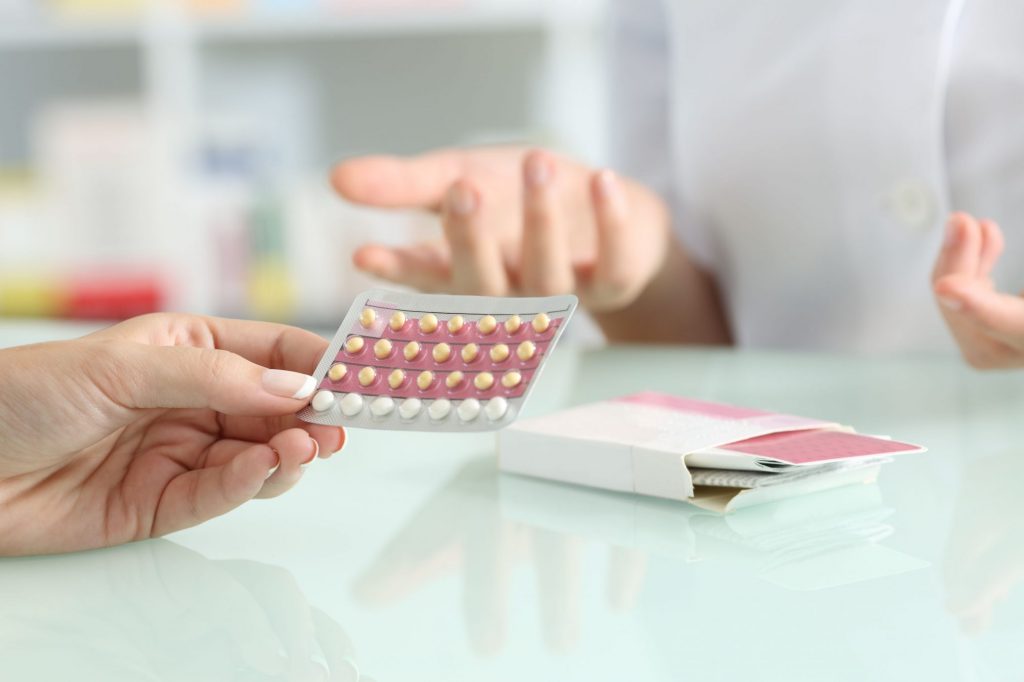21.05.2021 – 16:42
Endometriosis is a chronic inflammatory disorder. Occurs when the tissues that line the uterus, called the endometrium, grow outside the uterus. This includes places like the ovaries, fallopian tubes, and the outer surfaces of the intestines.
This tissue can grow and bleed into the uterus. It can also form endometrial lesions, which can cause inflammation and scarring (crusting), leading to:
- painful menstrual periods
- pelvic pain before menstruation
- pain during intercourse
- painful bowel movements or urination
- heavy menstrual bleeding
- It is also possible to have no symptoms at all.
Endometriosis is estimated to affect 6 to 10 percent of women of reproductive age. There is also no cure for the condition, but there are treatments that can help manage the symptoms.
One option is birth control therapy, such as oral contraceptives or an intrauterine device (IUD).
How do birth control pills treat endometriosis?
Endometriosis involves various reproductive hormones. Birth control is used to treat endometriosis by targeting some of these hormones. This includes the gonadotropin-releasing hormone, or GnRH, and estrogen.
GnRH is produced by the hypothalamus located in the brain. GnRH causes the pituitary gland to release:
Follicle stimulating hormone (FSH). This hormone stimulates the production of estrogen, a female reproductive hormone.
Luteinizing hormone (LH). This hormone causes ovulation, or when an egg detaches from the ovary.
During the first phase of the menstrual cycle, FSH causes an increase in estrogen. This helps thicken the endometrial lining, preparing the body for pregnancy.
Once ovulation occurs, the second phase of the menstrual cycle develops. If a fertilized egg is not inserted into the endometrium, estrogen rapidly drops. The uterus removes the protective layer and you have the menstrual period.
During the menstrual cycle, it is normal for estrogen to fluctuate this way. However, in endometriosis, it is common to have excess estrogen. This can cause endometrial tissue to grow inside and outside the uterus.
Alternatively, a doctor may suggest birth control, which stops the production of estrogen. The goal is to reduce the growth of endometrial tissue and relieve pain.
Other types of birth control can work by suppressing GnRH production. Since GnRH causes estrogen to rise, this treatment also lowers estrogen levels.
Is there a better type of birth control for endometriosis?
When treating the symptoms of endometriosis with birth control, there are several types to choose from. However, there is no one option that works best for everyone.
The best choice depends on factors such as:
your age
severity of symptoms
if you want to have children
A doctor can determine what is the optimal choice for you.
If you have endometriosis, birth control can help manage symptoms. Birth control works by reducing estrogen, which slows the growth of endometrial tissue. This can relieve pain and other symptoms associated with excess tissue.
A physician may recommend therapy with progesterone only, combined hormonal contraceptives, GnRH agonists, or danazol. In severe cases, you may even need surgery.






